Ten scientific paradoxes and their solutions
Published on 30 Oct 2023
Other
Life consists of questions. Why? Where? When? Sometimes, some enlightened minds wondered about our life problems and it resulted in them to find some questions without an answer, thus they call them paradoxes. Here, in this article we would like to discuss some physical paradoxes which are currently puzzles for scientists.
The Twin Paradox
Imagine two identical twins, the first one of whom stays on Earth, while the other one travels in space on a spaceship at a very high speed. According to the space relativity theory, time will pass slower for the moving twin than for the stationary one, thus when they reunite, the moving one will be younger. On the other hand, from the perspective of the moving twin, it was the Earth that was moving away, so the stationary twin should be younger.
The possible resolution is that this one of the twins undergoes acceleration, while the other one, stationary, does not, thus time will remain the same for the one who stayed on Earth.

Unstoppable force paradox?
What would happen if an unstoppable force would meet an immovable object? Would an object be moved? Would it remain in the same position? The main problem of the paradox is that those 2 conditions are impossible, and furthermore, they contradict each other. It originates from the third century BC, and was created by Han Fei. In his book there was a story about a merchant who sold a spear which would pierce any shield and a shield which could not be broken or pierced by anything. However, when he was asked about what if that spear would strike that shield, he could not find an answer. A possible solution is that even though the object will not move, the energy will still affect it, probably by raising its temperature.

Dichotomy Paradox
Zeno of Elea, a philosopher once made a paradox:Suppose a person wants to walk to the end of a path. However, for reaching the end he should get halfway there. Before getting halfway there, he should get a quarter of the way there, before traveling a quarter, he must travel one-eight, before one-eight he should travel one-sixteenth, and so on.
It means that in order to complete a finitive task, an infinity number of actions should be done, thus it is impossible to complete and any movement is an illusion.
Aristotle proposed that as the distance decreases, the time to complete that milestone also decreases, becoming infinitely small.
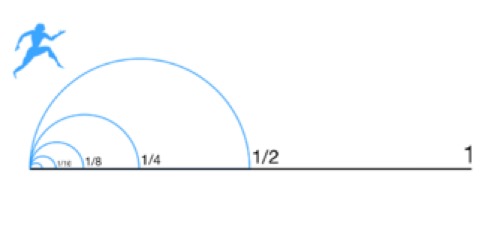
Carroll’s Paradox
Carroll’s paradox is a situation which contradicts a fundamental law of nature-angular momentum. It involves a rigid rod that is constrained to move along two circles, like the hands of a clock. If the rod is released from a horizontal position, it will fall and rotate until it reaches a vertical position, but there are 2 different ways to calculate angular momentum of the rod, and they both have different results. The first way is to consider the angular momentum about the center of the rod, which should be zero at the start and at the end. The other way is to consider the angular momentum about the center of the rod, which should be zero at the start and at the end.he other way is to consider the angular momentum about the center of the circles, which should increase as the rod falls and rotates.

One possible solution to this paradox is to realize that the physical situation is not realistic, because it requires infinite forces to keep the rod in a radial position. In reality, any circular guide that constrains the rod will exert some friction or reaction force perpendicular to the rod, which will create a torque (a twisting force) on the rod.
Algol Paradox
Algol paradox is a strange situation when some partner stars or stars in the same system are seen with a different age, even though their age is relatively the same. While calculating an approximate age of the star, stellar evolution changes are considered. The possible solution of the aforementioned paradox is that there can be a flow of material between partner stars, which disturbs the process of aging.
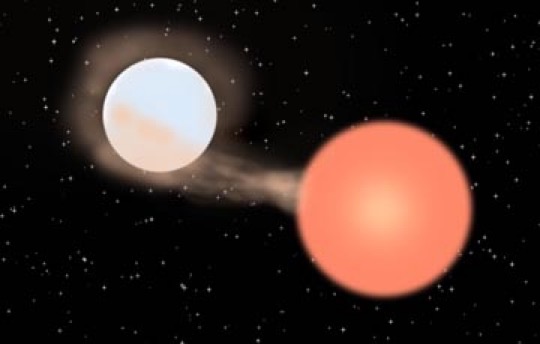
Faint Young Sun Paradox
There is a contradiction between the temperature of the Sun a long time ago and the fact that Earth has liquid water. Because, before the Sun’s temperature was 70% of the current temperature, this could have resulted in the Earth having solid water. This question was raised by Carl Sagan and George Mullen in the 1970s. The most realistic explanation of this paradox is that the greenhouse effect had a cumulative effect on the Earth’s temperature, which led it to have liquid water.
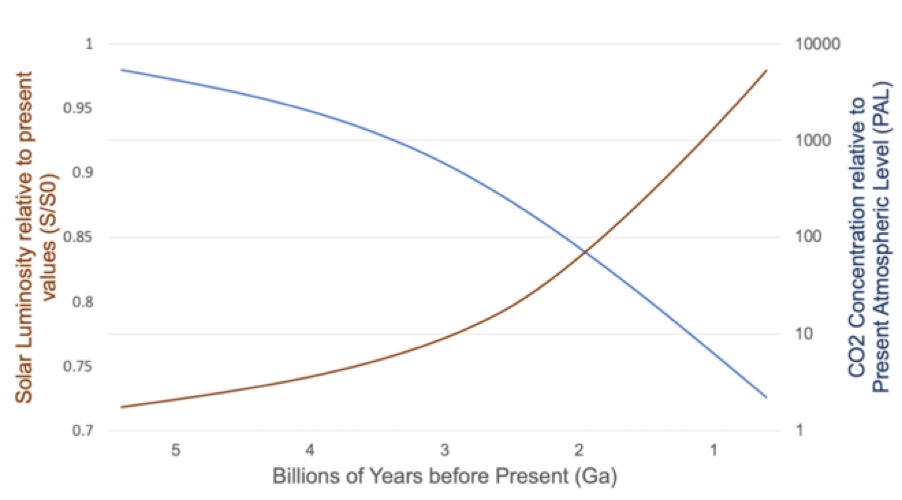
Quantum Zeno Effect The Quantum Zeno effect is when a quantum system, as example an atom or a particle, does not change its state if it is observed frequently enough. Observation makes the system collapse and return to its initial state, preventing it from evolving into something different. For example, if you have an atom that can decay from state A to state B, and you measure it really often, you will find it always in state A. It is named after the author of the aforementioned paradox, Zeno, in whose paradox the motion is impossible, because it makes you cross a finity distance infinitely times.
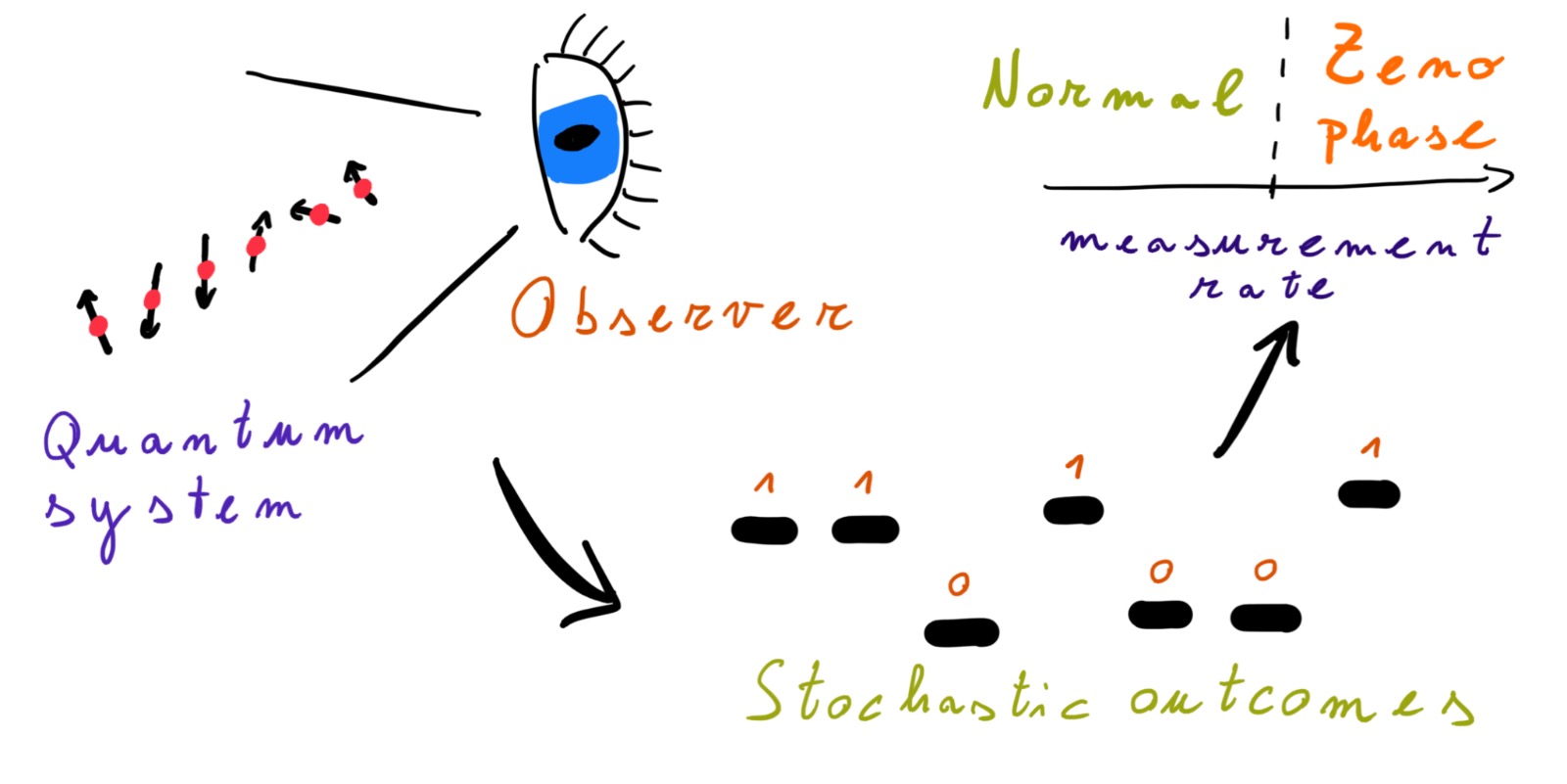
There are various possible solutions to this, and the most realistic says that the effect is impossible, because it assumes that all the observations are perfect and instantaneous, which is not possible. However, the other solution states that observations do not break the physical system, but rather, they are part of it, and they affect the “evolution” of the quantum particle.
Olbers’ Paradox
As we know, the number of stars is myriad, and can not be counted in the eternal universe. Every direction we look at should end up at the surface of the star, thus the sky should be very bright, but it is not. Moreover, the sky is dark, and this contradicts the previous statement.
The most popular explanation of it, which still can not resolve all the questions, states that the universe is not infinite, but has a finite size. This leads it to have less stars in some regions, therefore less light from there.
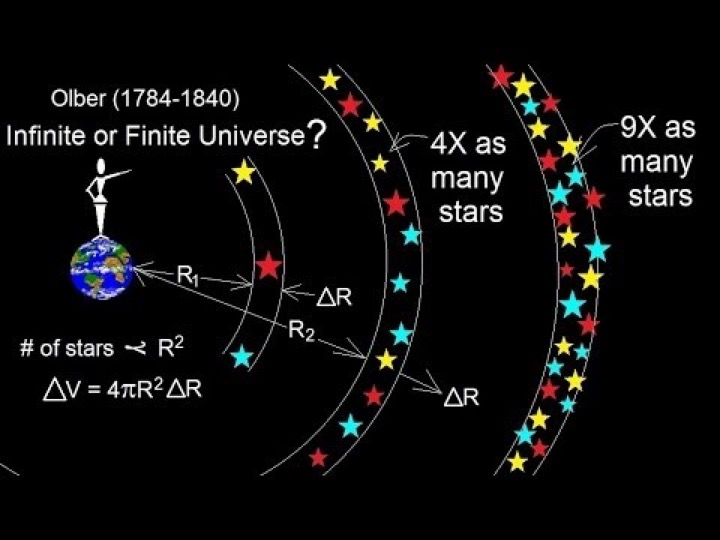
The paradox of Youth
The paradox of youth in astrophysics is a situation where some stars near the center of our galaxy seem to be very young, but they are also very massive and luminous. This is a paradox because such stars should have a very short lifespan, and they should not have enough time to form and migrate to the center of the galaxy, where there is a supermassive black hole and very dense and hostile environment.
The most popular explanation of this paradox is that the stars are ot really young, but rather appear to be young because of their different chemical composition in comparison to normal stars.
The heat death paradox
And last but not least paradox is the heat death paradox, a situation where the thermodynamics show the impossibility of the infinitely old universe. According to the second law of thermodynamics, heat can only be transferred from a warmer to a colder object. And if the universe is eternal, it should be cold and the distribution of matter and radiation should be even around the universe. But we still have energy which can be used, and the density of matter is not the same everywhere. It is also referred to as thermodynamic equilibrium.
Right now, the fact that our universe has not reached its heat death can be explained by the fact that 13.8 billion years are not enough for it to be reached. Who knows how many billion years our universe has to live…
